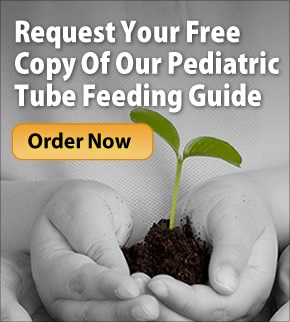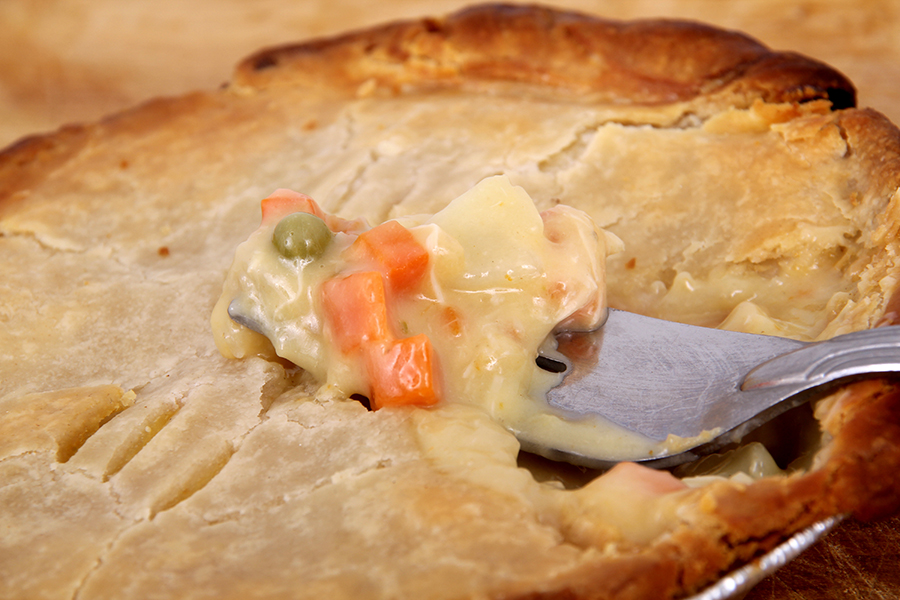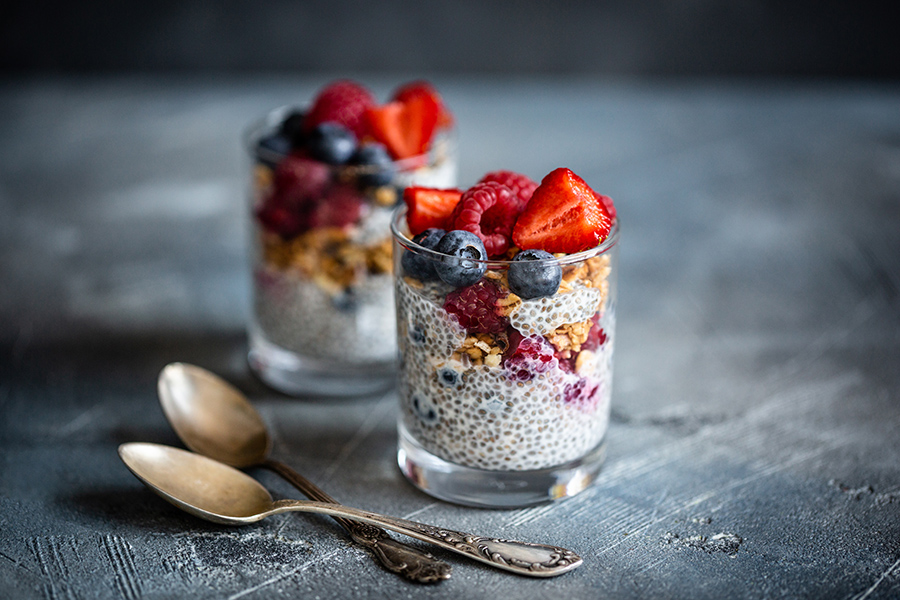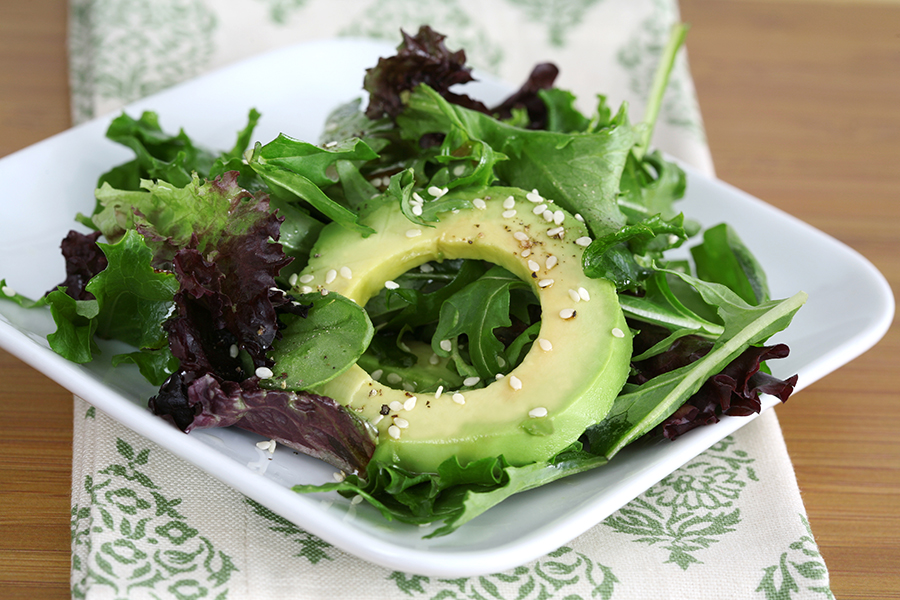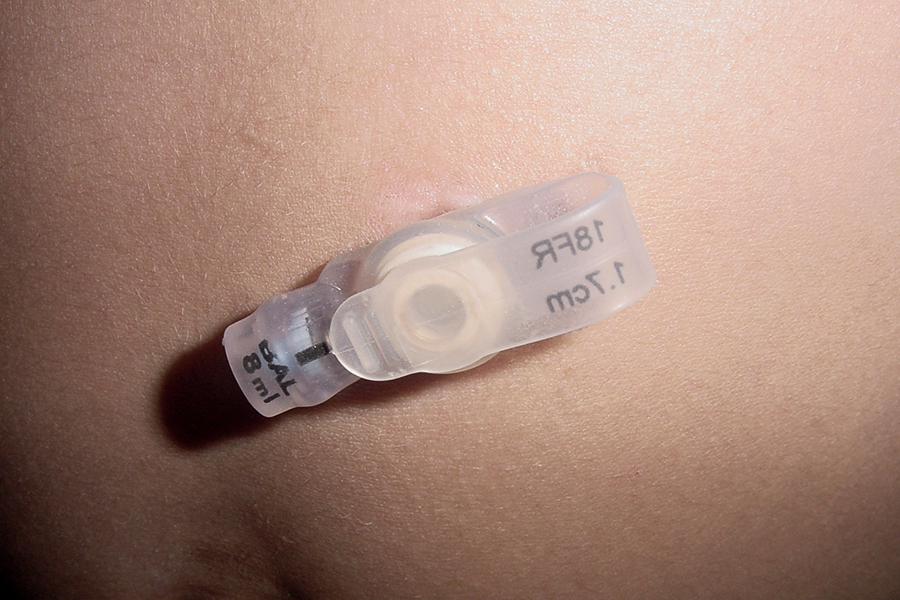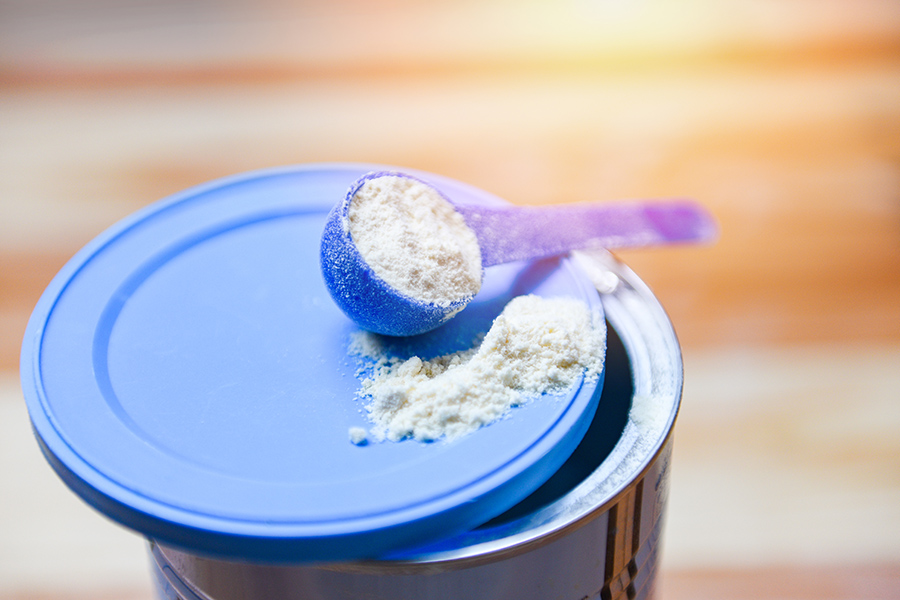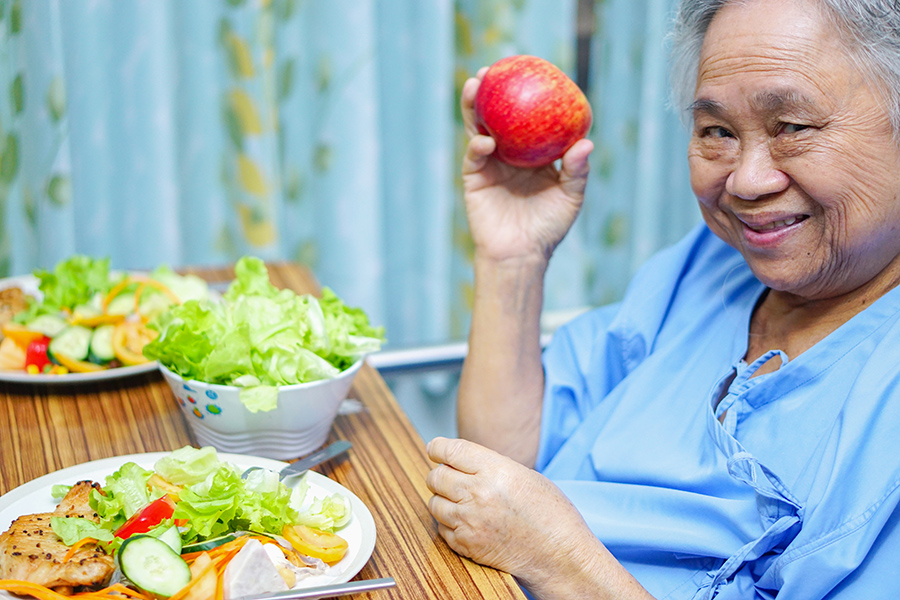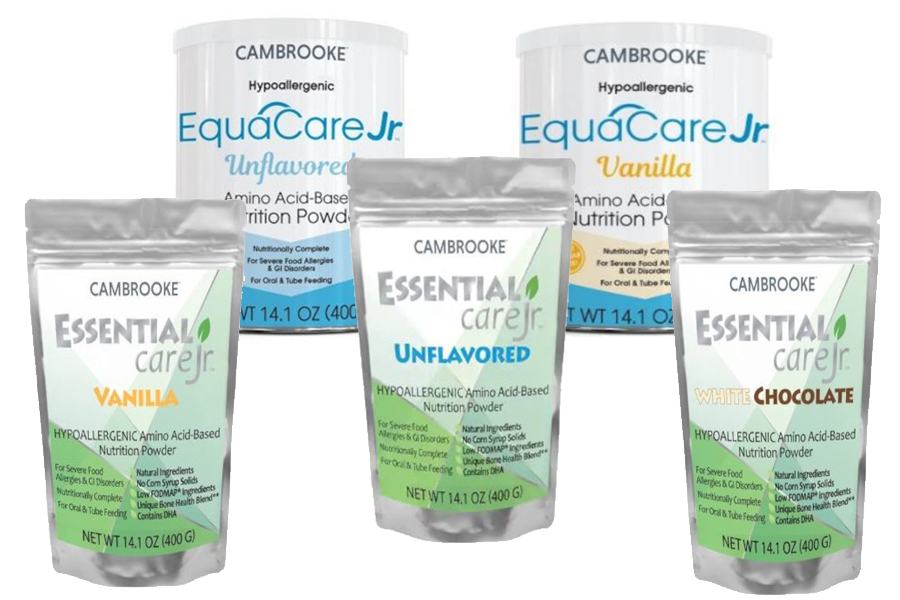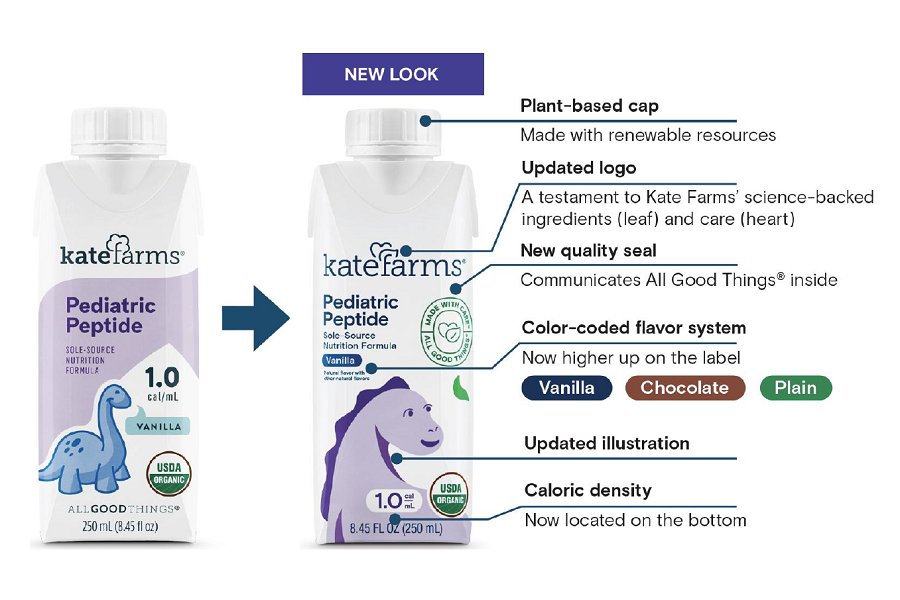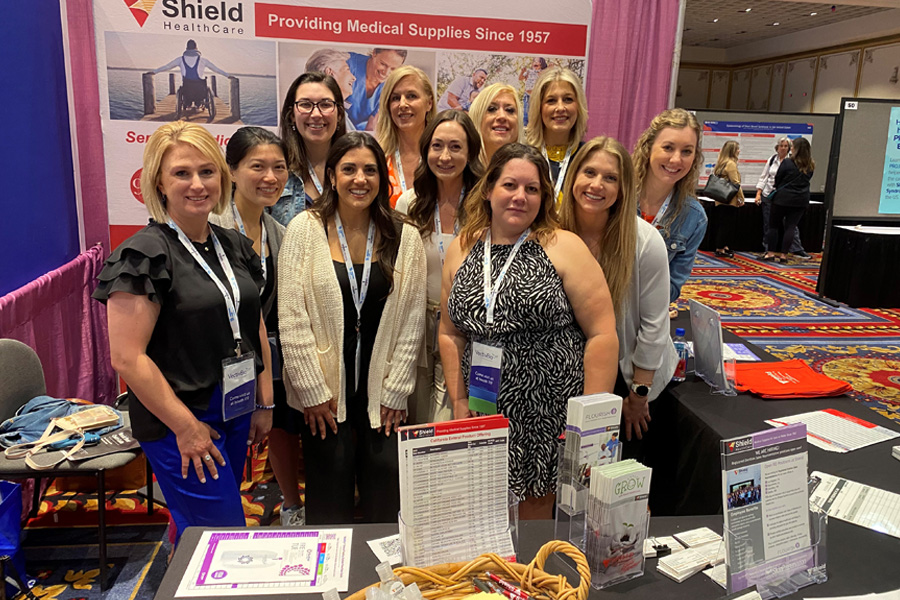What are HDL and LDL?
Broadly-speaking, HDL is “good cholesterol” while LDL is “bad cholesterol”. Much of our cholesterol levels are genetic, but it has been clinically proven that lifestyle and diet can improve both HDL and LDL levels.
A low level of HDL (high-density lipoprotein) can increase the risk for heart disease. However, a higher level of HDL has a protective effect and can lend to long-term health. HDL acts like a cholesterol “cleanup” crew, sweeping up all the “bad” LDL (low-density lipoprotein) cholesterol in the arteries and carrying it back to the liver for detoxification from the body.
The American Heart Association gives the guideline:
- Normal levels are an HDL of greater than 40 mg/dL for men and 50 mg/dL for women.
- For even greater health benefits, everyone should strive for an HDL level of more than 60 mg/dL.
The following are some ways to make heart-healthy changes to your diet:
Go Nuts! Add an ounce of nuts to cereal, yogurt, salads, or stir-fried vegetables. Nuts can also be eaten raw, baked, or roasted as a snack. Walnuts, almonds, pistachios, pecans and hazelnuts are all good options.
Fish for Omegas: Omega 3 fatty acids have shown to be the most beneficial fats for reducing the risk of heart disease and improving cardiovascular health. It is best to aim for at least 3 servings of fish per week to increase intake of omega-3 fatty acids naturally from foods: Pacific halibut, wild salmon, albacore tuna, mackerel, and sardines.
Olive Oil is Your Friend: Did you know that it is heart-healthy to include extra virgin olive oil in the diet because it can help the body absorb vitamins, in addition to raising HDL cholesterol? Try cooking with this heart-smart oil or make your own salad dressing with olive oil and vinegar.
Add Avocado: Have you ever said “no” to adding sliced avocado to your salad, or to the guacamole dip, because you think that it is too high in fat? Though its fat content is relatively high (10g per ½ cup), this nearly perfect “superfood” is rich in heart-healthy fats that will help to further increase your HDL cholesterol. Use avocado on sandwiches as an alternative to mayonnaise, or slice ¼ of an avocado over your salad or omelets.
Get Your Fiber: Soluble fiber can also give your HDL cholesterol a boost. The following whole grains are good sources: oatmeal, brown rice, beans, and bran cereal. Just 1 cup of dry oatmeal contains just 158 calories and a whopping 9g of dietary fiber!






